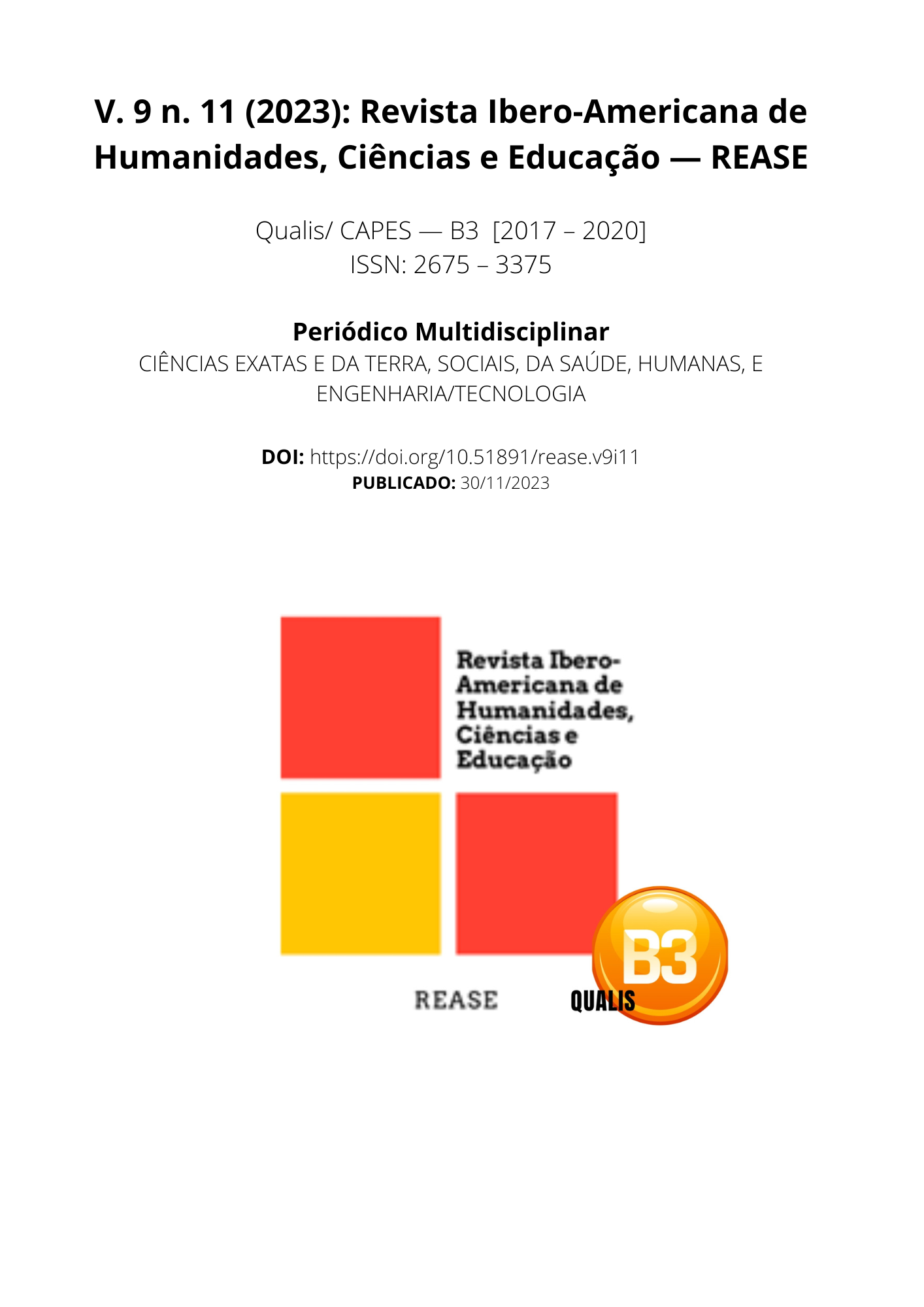AVANÇOS EM TÉCNICAS DE FIXAÇÃO INTERNA PARA FRATURAS DE OSSOS LONGOS: UMA REVISÃO DA LITERATURA
DOI:
https://doi.org/10.51891/rease.v9i11.12520Palabras clave:
Fraturas de ossos longos. Fixação interna. Placas anatômicas. Pregos intramedulares. Fixação biodegradável. Avanços técnicos. Resultados clínicos. Recuperação funcional.Resumen
Este artigo objetivou revisar a literatura sobre os avanços em técnicas de fixação interna para fraturas de ossos longos. A revisão incluiu estudos que investigaram o uso de placas anatômicas, pregos intramedulares e fixação biodegradável no tratamento dessas fraturas. Os resultados indicaram que as placas anatômicas proporcionam uma fixação estável e adaptável ao contorno ósseo, reduzindo complicações e melhorando os resultados funcionais. Os pregos intramedulares demonstraram ser eficazes para fraturas diafisárias, com vantagens de cirurgia menos invasiva e recuperação mais rápida. A fixação biodegradável apresentou potencial em fraturas pediátricas, permitindo uma fixação temporária que é gradualmente reabsorvida pelo organismo. A escolha adequada da técnica deve ser baseada nas características individuais do paciente e nas peculiaridades da fratura. As informações desta revisão podem auxiliar os profissionais de saúde na tomada de decisões clínicas informadas.
Descargas
Descargas
Publicado
Cómo citar
Número
Sección
Categorías
Licencia
Atribuição CC BY

